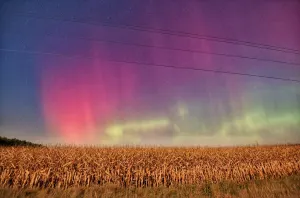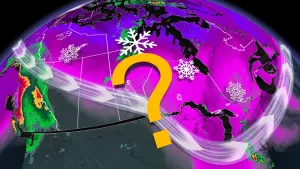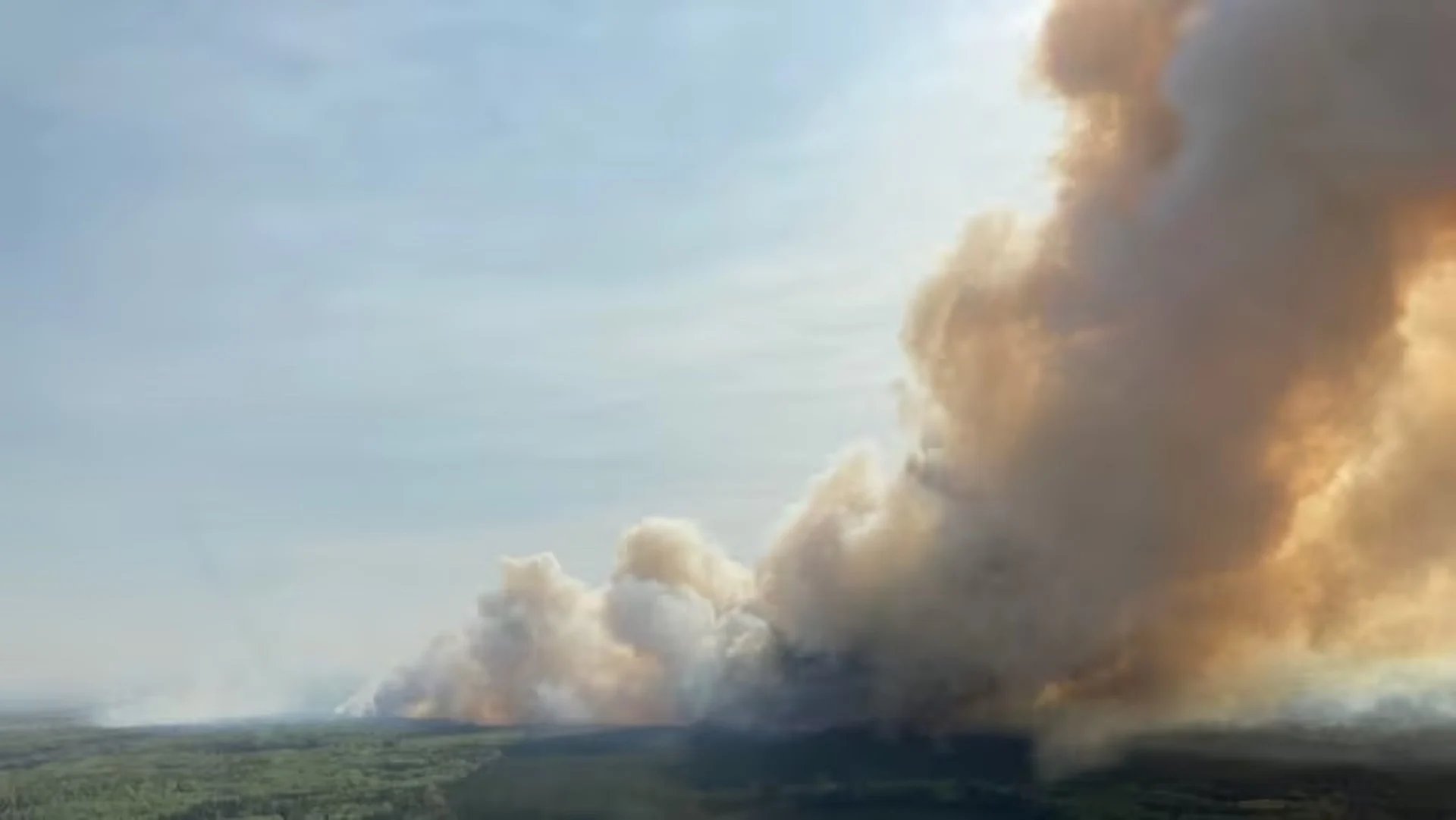
Smoky skies expected for swath of B.C. as fires burn in northeast and Alberta
Environment Canada says wildfire smoke from northern Alberta is causing poor air quality and reduced visibility in parts of the northeast and central Interior regions of British Columbia.
Special air quality statements are in place for the North Peace, Fort Nelson, Prince George, Stuart-Nechako, Williston and Yellowhead regions, as well as parts of the Cariboo including Quesnel and Williams Lake.
Environment Canada says all of these regions are already being affected or likely to be affected by wildfire smoke over the next 48 hours.
Advisories are also in place for much of Alberta.
RELATED: Wildfire smoke is on the move, millions in Canada to feel the impacts
The weather service says wildfire smoke can be harmful and everyone should try to find a place where they can get clean, cool air.
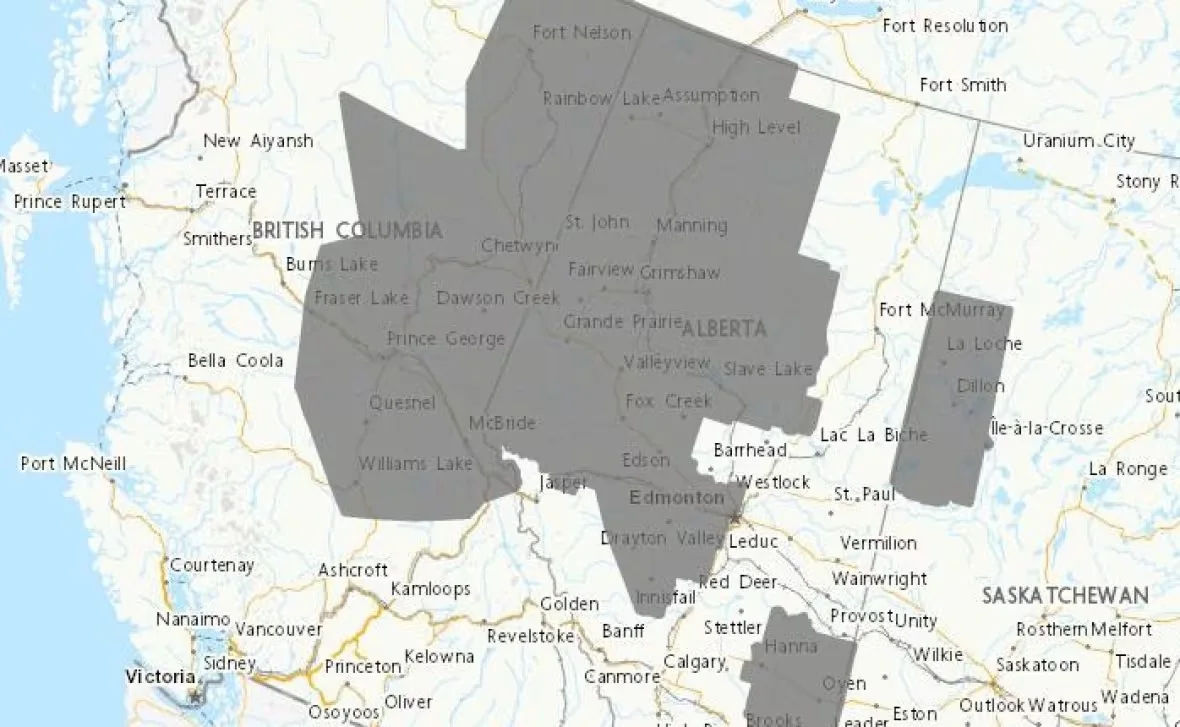
Environment Canada has issued a smoky skies alert for much of B.C. and Alberta, dated May 9. (Environment Canada.)
Hot spell in forecast raises fears of floods, fires
The smoke warnings have been put in place ahead of a spell of unseasonably warm weather that's being forecast for B.C., which is raising concerns of more fires and flooding.
Temperatures are expected to increase into the weekend across most of the province, and could top 30 C by the weekend in many parts of the Interior, according to Environment Canada.
Emergency Management Minister Bowinn Ma says the heat will increase the pace of snowmelt, which has already pushed river levels near or over their banks in several parts of central and southeastern B.C.
Dave Campbell, with the B.C. River Forecast Centre, said in a briefing on Monday that about three-quarters of the snow on the mountains remain and the warm weather may bring further flooding.
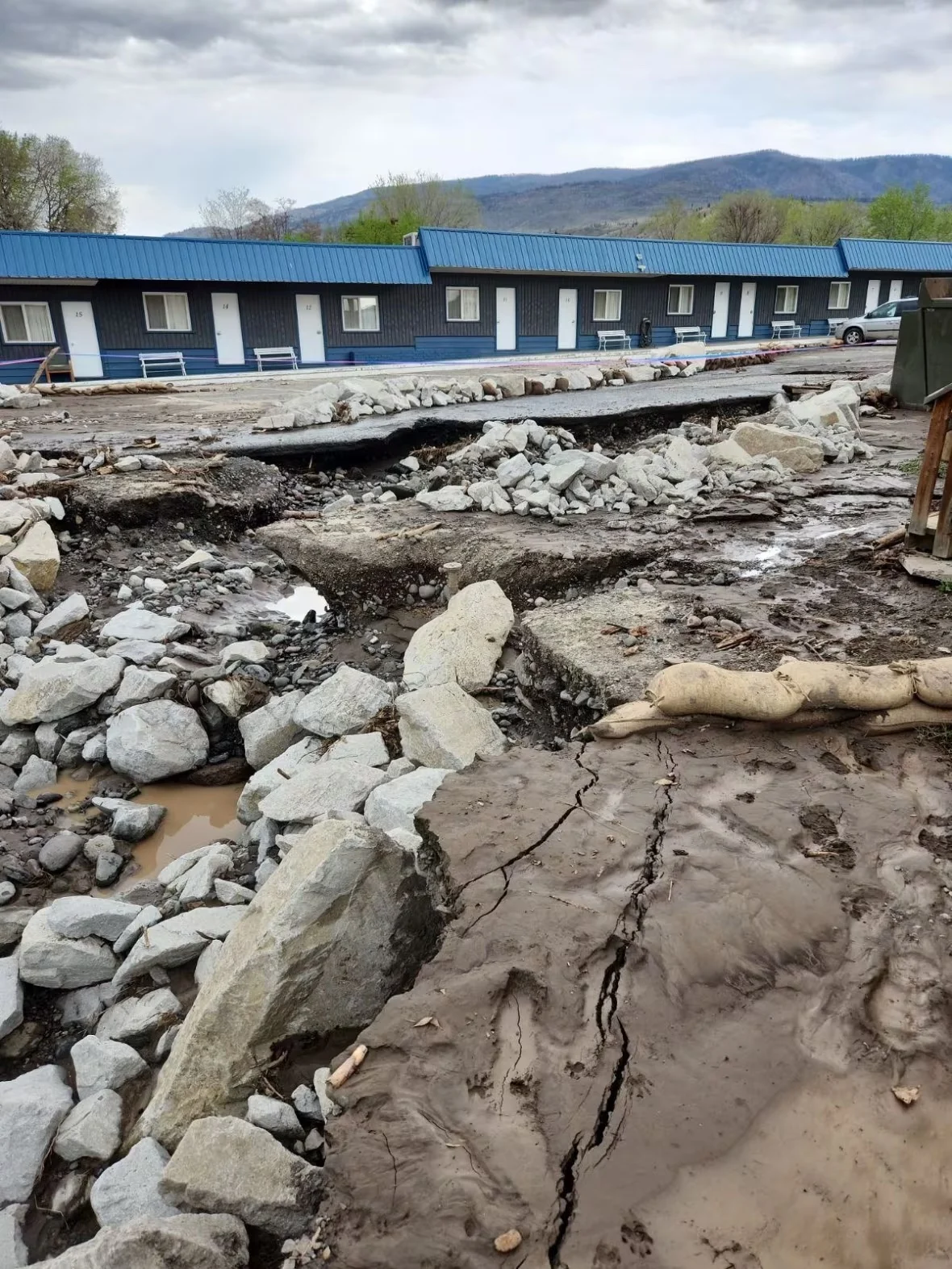
Damage from flooding is seen in Cache Creek, B.C., on Saturday. (Jordan Tucker/CBC)
Ma says the unusual heat also elevates the risks of wildfires burning in B.C.
There are more than 50 fires burning in B.C., most of them in the north and central part of the province.
The situation is still significantly worse in Alberta, where more than 29,000 Albertans have been ordered to leave their homes in recent days due to dozens of wildfires.
Ma says the forecast does not call for a heat dome like the one that killed hundreds of people in the summer of 2021, but heat can still be a risk to human health and the government is able to support communities by opening cooling centres if needed.
2 out-of-control fires pose risks in B.C.
In B.C., two out-of-control wildfires of note in northeastern B.C. are causing particular concern.
Both the Red Creek and Boundary Lake fires pose a threat to property near Fort St. John, about 800 kilometres north of Vancouver.
Evacuation orders or alerts remain in place for much of the areas surrounding the fires.
The Peace River Regional District says 27 homes are still under an evacuation order for the Boundary Lake wildfire and 239 homes are under an alert. For the Red Creek wildfire, 61 properties remain under an evacuation order, and 247 properties are under an alert.
Clearview Elementary and Junior Secondary School — located 17 kilometres west of Boundary Lake — are closed for the entire week.
Matt Troiano, Fort St. John's deputy fire chief and director for the city's Emergency Support Services, said about 100 evacuees have been helped at a reception centre in the city so far.
As of Tuesday morning the Boundary Lake fire was estimated to be 59 square kilometres in size while the Red Creek fire is 28 square kilometres.
Thumbnail courtesy of BC Wildfire Service.
The story was originally published for CBC News. It contains files from The Canadian Press.






